I'm reading TI's recommendations on routing high-speed signals. Most of the guidelines are common sense, but there's one guideline that I haven't read before: It recommends completely removing the ground plane below the mounting pad of a SMD component for high-speed differential signals.
I knew similar techniques are used in RF designs to minimize unwanted coupling and the impedance discontinuity it produces, so it certainly makes sense in digital designs. But in digital designs, this concept is not commonly mentioned. Correct me if I'm wrong, but my impression is that, in most digital design and EMI/EMC books, the most important concept is to create the most continuous ground plane possible - removing ground planes under SMD components isn't really an emphasized topic - so my assumption is that it's not always needed.
Question: When should I remove the ground plane under SMD components for high-speed signals? How common is it in digital designs? Is it always needed? Is it worth doing on every digital board?
